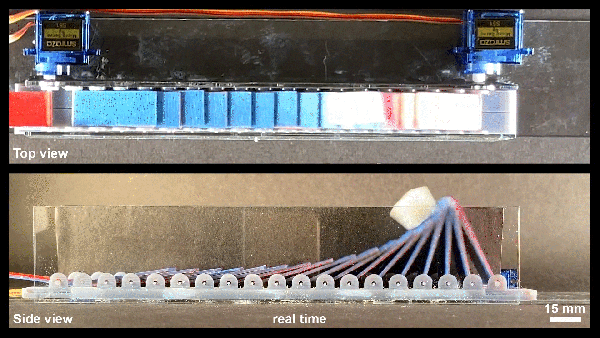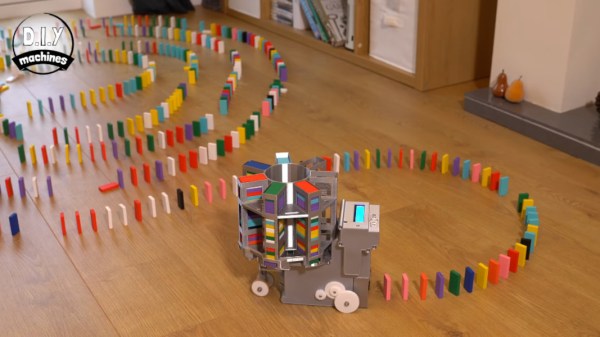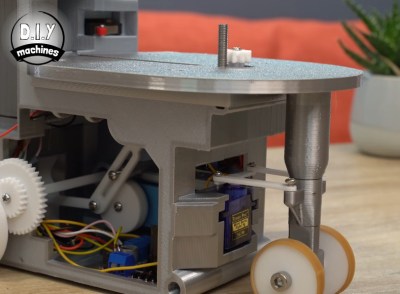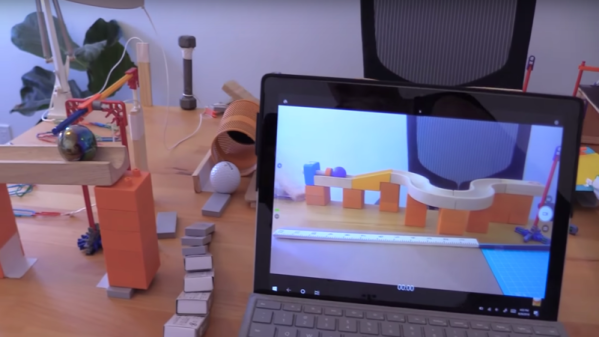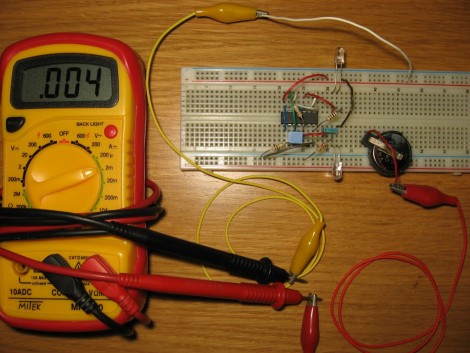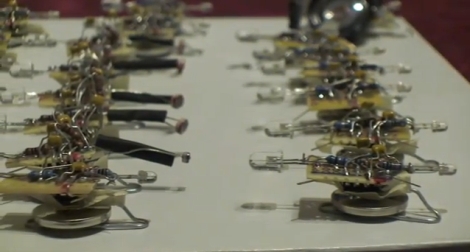Around here, we’re always excited about a new actuator design. Linear actuators are particularly hard to make cheap, fast, and good, so it’s even better when something new that we can build ourselves slides onto the scene.
Researchers at U Penn’s Pikul Research Group took inspiration from the cascade of falling dominoes for an innovative take on linear motion. This article on IEEE Spectrum describes the similarity of the sequential tipping-over with the peristaltic motion of biological systems, including you, swallowing right now.
The motion propagation in falling dominoes, called a Soliton Wave, can be harnessed to push an object at the front of the wave, just like a surfer. See the videos after the break for examples of simple setups that any of us could recreate with laser-cut or 3D printed parts. Maybe you won’t be using them to help a robot swallow (a terrifying idea that the article suggests), but you might need a conveyor or a novel way to help a device crawl like a shrimp. The paper is behind a paywall on IEEE, though you readers likely see enough in the videos to get started, and we can’t wait to see where your dominoes will lead us next.

